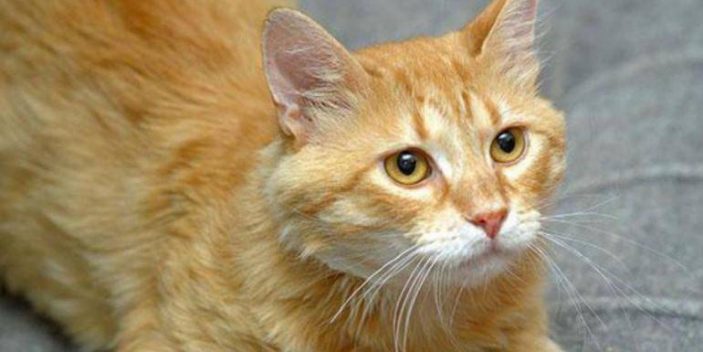Histidine (His or H) is an essential alpha-amino acid necessary for protein biosynthesis in cats, dogs, and other organisms.
It has the D-, L- and DL- enantiomers. its imidazole side-chain is positively charged. Furthermore, it can undergo glucogenesis to produce glucose that can be utilized in energy production.
Dietary sources are absorbed in the ileum jejunum with the help of neutral amino acid transporters and while in blood plasma, its renal reabsorption occurs in the proximal tubules.
Histidine-rich foods
Some of the sources of histidine include meat (including pork, beef, etc.), poultry, fish, nuts, seeds (such as pumpkin and squash seeds), eggs, whole grains, milk, seafood, among others.

Requirement
On a dry matter basis, AAFCO recommends that cat foods have at least 0.33% and 0.31% for growth or reproduction and for adult maintenance respectively. These amounts translate to 0.83g and 0.78g per 1000 kcal of cat food.
Functions in cats
- It is a protein building block and it can be a source of glucose when oxidized (it is glucogenic).
- As NRC states, it “is essential as a precursor of neuroactive and regulatory compounds such as histamine, anserine, carnosine.”
- Its concentration in hemoglobin is high where it plays a role in donating or accepting protons during the exchange of oxygen, not only in the lungs but also in other tissues.
Note
Research has shown that dietary histidine leads to an increase in both plasma and free histamine. Histamine helps in vasodilation and has immune functions.
On the other hand, carnosine helps in chelation of copper and zinc as well as working as an antioxidant in cells while anserine has the buffering ability and help reduce muscle fatigue.
Deficiency symptoms
Deficiency is noted by low serum hemoglobin and albumin level as well as fasted plasma amino acids.
In kittens, a histidine deficiency resulted in weight loss and refusal to eat by some kittens. This loss was small when compared to diets devoid of other essential amino acids.
In the case of short term deficiency, there will be no negative nitrogen balance as your fluffy friends can get it from hemoglobin. However, hemoglobin concentration will gradually decrease.
Finally, a marginal deficiency has been associated with cataract even if the amount is enough to meet the requirement for maximum weight gain.
Toxicity from an excess amount
There has been no case of any toxicity, both chronic and acute when excess dosages of histidine were given to kittens. No studies have been done on adult cats.
